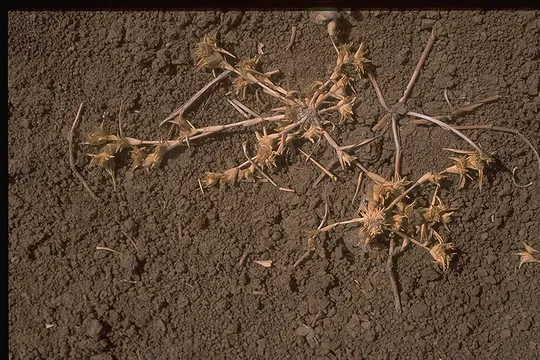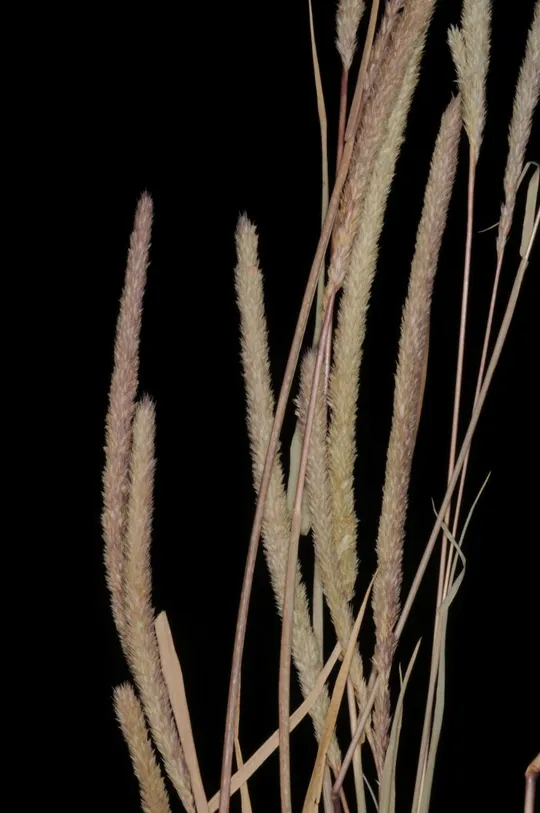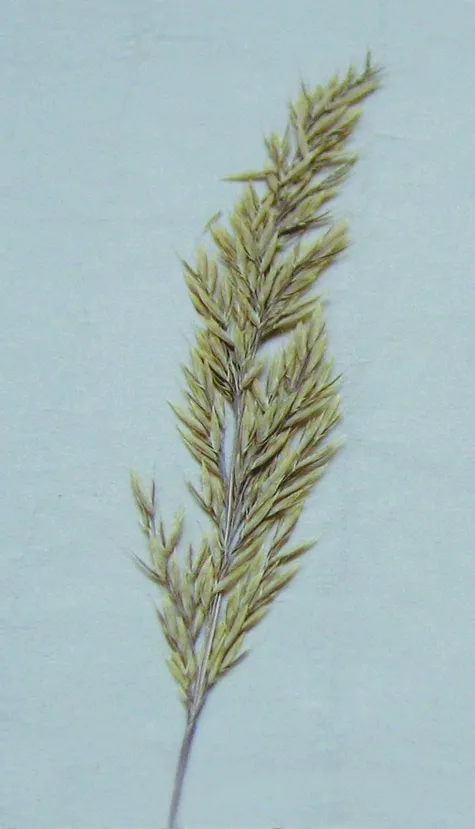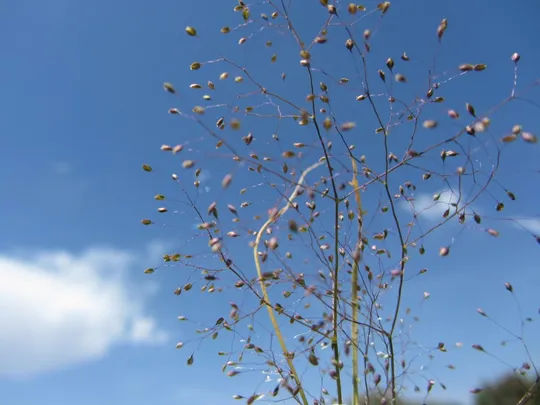Crypsis minuartioides
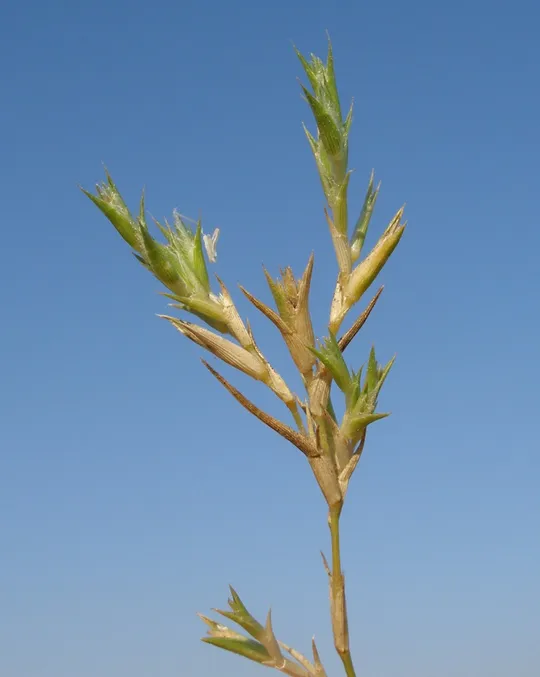
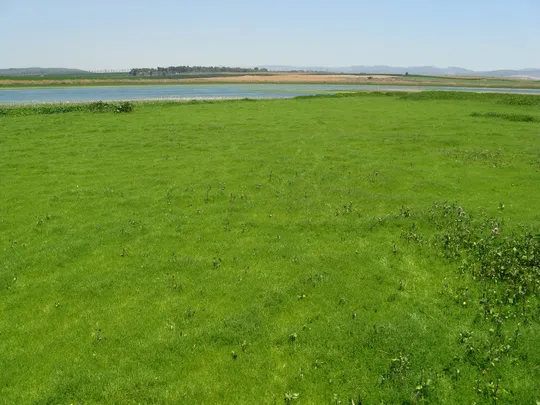
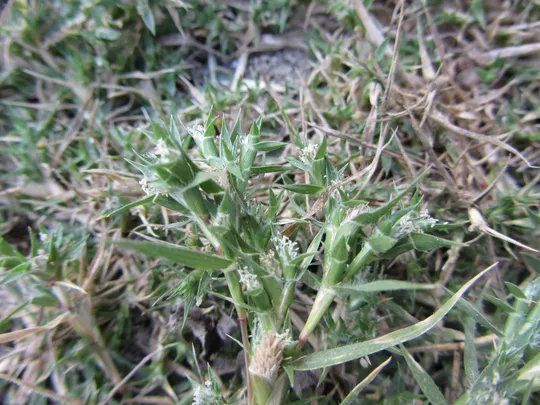
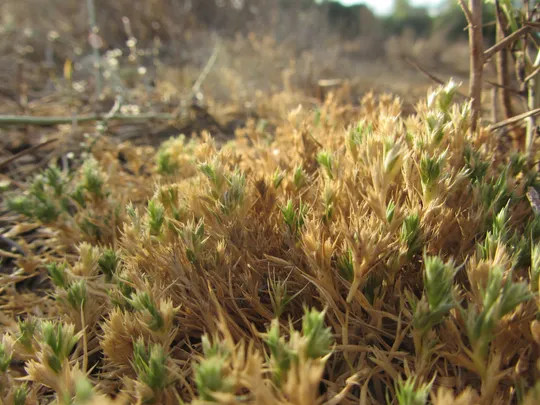
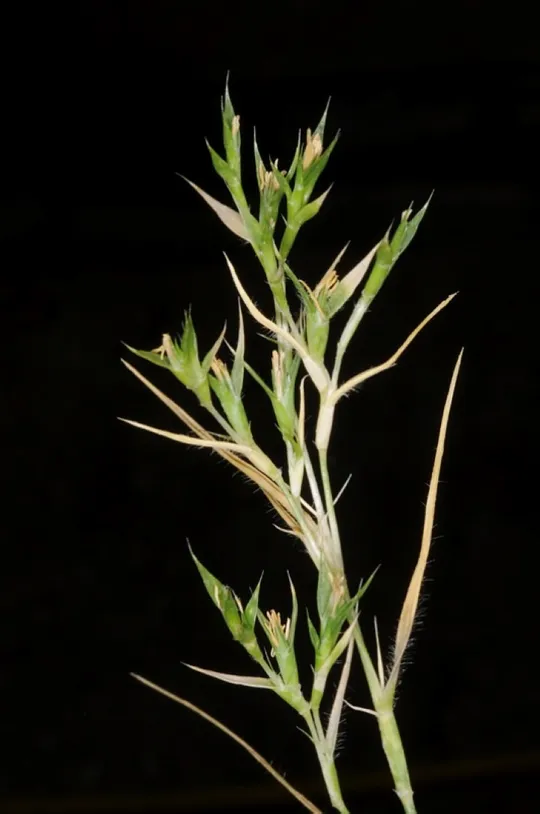
Crypsis minuartioides grows in Israel in the
Sharon, Pleshet and the Shfela at nine documented sites, but according to estimates,
there are a total of 15 sites. In the Sharon the plant survives today with
certainty only in the Ga’ash Pond and in the Herzliya depression and possibly
in Ya'ar Pond, but there is no positive identification of specimens from there
from recent years. In the Sharon, it is extinct from nine sites on which it was
formerly collected and observed: the Binyamina-Pardes Hanna area, the Dora Pond
in Netanya and also in the vicinity of Hod HaSharon, Kfar Malal and Yarkona. In
Pleshet it is found in the Rehovot Pond, in the Shafir puddles near Merkaz
Shapira and in Roberts Puddle near Ashdod, but has disappeared from the Tel
Aviv area and apparently from the remains of the Holon Puddle and from puddles
near the Kibbutz Galuyot Interchange, where it was observed in the 1980s. In
2005 Oz Golan and Shir Vered found C. minuartioides in the
Yesodot and Anot Reservoirs as a new species for the Shfela.
Marsh soil and winter ponds.
For the genus, see Crypsis
acuminata. All the
species have an affinity for wetlands. Six species grow in Israel. The seventh
species was found in 2008 in the Ya'ar
Pond, but its identity has still not been ascertained. The
genus has a characteristic spike-like panicle enveloped by the sheaths of the
upper leaves, which is what gives the genus its name. The flower of one of the
species, C. aculeata has only
two stamens; in the other species, there are three stamens, as usual in the Gramineae
(Poaceae) family.
·
Crypsis minuartioides can be found in Israel today mostly in two regions on
the coastal plain, where it also grew in the past, but the number of sites has
been significantly reduced. Most of the sites on which the species is extinct
are found in areas where winter ponds and seasonal puddles have disappeared due
to development. C. minuartioides was observed in one more region – the
Shfela, from where it was not previously known. This may indicate an expansion trend,
but it is unclear whether this is a new population that colonized water
reservoirs or if the situation is a result of comprehensive sampling efforts.
·
C. minuartioides populations usually appear in clusters of hundreds and thousands of plants.
Occasionally its aggressive colonization is apparent: the small population of
the Ga’ash Pond, for example, spread to the nearby drainage reservoir, where
thousands of plants can now be found.
·
The disappearance of winter pools and seasonal puddles,
due to desiccation and development, are the main factor threatening the
continued existence of C.
minuartioides populations.
·
C. minuartioides is protected in the Ga’ash Pond Reserve. It is also found in two
proposed nature reserves: in the Ya'ar Pond and the Rehovot Pond..
·
C. minuartioides is endemic; therefore, its local threat status is equivalent
to its global one.
The
conversion of the Ya'ar Pond and Rehovot
Pond into declared reserves will probably ensure the protection
of Crypsis minuartioides populations. The Herzliya depression should be fostered
as a site in which the flora and fauna are protected. Additionally, steps should be taken to
prevent the desiccation and destruction of all winter pools and seasonal
puddles on the coastal plain. New C. minuartioides populations should be
established by dispersing them in the Shfela water reservoirs.
Crypsis minuartioides is endemic to Israel.
Crypsis minuartioides is an annual grass of marshes and winter puddles, found
mainly on the coastal plain. It is endemic to Israel and grows at a small
number of sites in very vulnerable habitat. The number of sites on which it
currently grows has decreased considerably compared to the past.
Current Occupancy Map
| 1000 squre meter pixel | 5000 squre meter pixel | 10000 squre meter pixel | |
|---|---|---|---|
| number of observations | 0 | 0 | 0 |
| in total pixels | 0 | 0 | 0 |
| Family | Gramineae |
| Classification | On the endangered species list |
| Ecosystem | Coastal Mediterranean |
| Chorotype | Eastern Mediterranean |
| Conservation Site | Roberts Puddle |
| Rarity |
1
3
6
|
|---|---|
| Vulnerability |
0
2
4
|
| Attractiveness |
0
0
4
|
| Endemism |
0
4
4
|
| Red number |
1
4.7
10
|
| Peripherality | 0 |
| IUCN category | DD EW EX LC CR EN VU NT |
| Threat Definition according to the red book | Endangered |
 Based on:
Based on:
